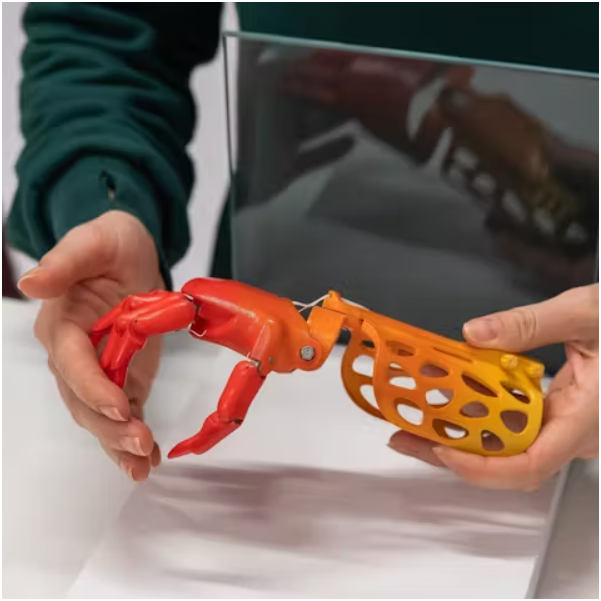In recent years, 3D printing technology has revolutionized various industries, including healthcare, by enabling the creation of complex structures with unprecedented precision and customization. One of the most promising applications of 3D printing in healthcare is the manufacturing of bionic limbs and even organs, offering new hope and possibilities for patients worldwide.
Understanding 3D Printing in Healthcare
3D printing, also known as additive manufacturing, involves building objects layer by layer from digital models. This technology allows for the production of intricate designs that would be challenging or impossible to create using traditional manufacturing methods. In healthcare, 3D printing has been utilized to produce prosthetic limbs, surgical guides, implants, and even customized medical devices tailored to individual patient needs.

Applications in Bionic Limbs
3D printing allows for the creation of prosthetic limbs that are highly customized to fit a patient's unique anatomy and functional needs. This leads to a significant improvement in both comfort and functionality for the user. Gone are the days of one-size-fits-all prosthetics. 3D printing allows for the creation of complex geometries, including intricate internal structures and articulating joints that mimic natural movements much more closely than traditional methods. Additionally, the ability to rapidly prototype designs using 3D printing allows for faster iteration and refinement based on patient feedback and clinical outcomes, leading to a quicker path to the perfect prosthetic solution.
Applications in Organ Transplantation
While still in its early stages, 3D printing holds promise for:
While still in its early stages, 3D printing holds immense promise for the field of organ transplantation. Bioprinting, a specialized form of 3D printing, uses bioinks composed of living cells to create artificial organs and tissues. This technology has the potential to address the critical shortage of donor organs and significantly reduce the risk of organ rejection faced by transplant patients. Additionally, 3D printing can be used to create patient-specific implants, such as cranial or jaw replacements, that closely match individual anatomies. This leads to improved surgical outcomes and faster recovery times.
Advancements and Future Directions
Recent advancements in 3D printing technology are paving the way for even more groundbreaking applications in healthcare. The development of biocompatible materials specifically designed for medical applications is crucial for the success of bioprinting and other medical uses of 3D printing. Additionally, improvements in printing resolution and speed are essential for creating more accurate and efficient manufacturing processes. Obtaining regulatory approval for the clinical use of 3D-printed medical products remains a critical step to ensure patient safety and pave the way for widespread adoption of this technology.
Conclusion
The future of healthcare is undoubtedly shaped by advancements in 3D printing. By embracing this technology responsibly, we can unlock a new era of personalized medical devices, bionic limbs, and even bioprinted organs. This holds the potential to improve patient outcomes significantly, expand the possibilities in regenerative medicine and prosthetics, and ultimately save countless lives.